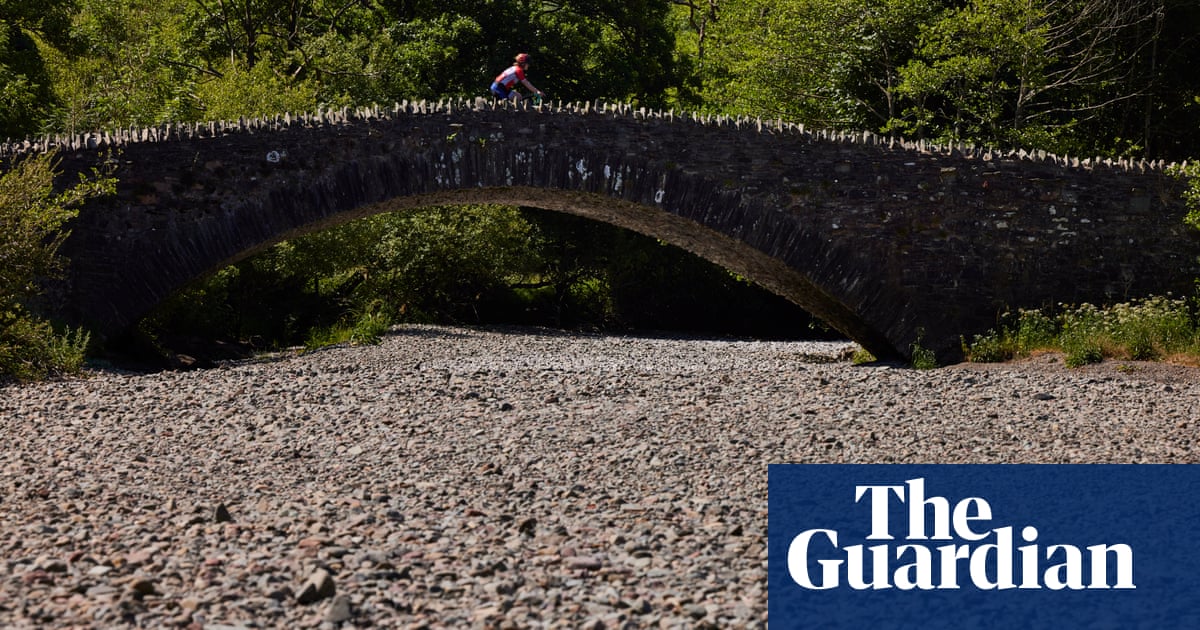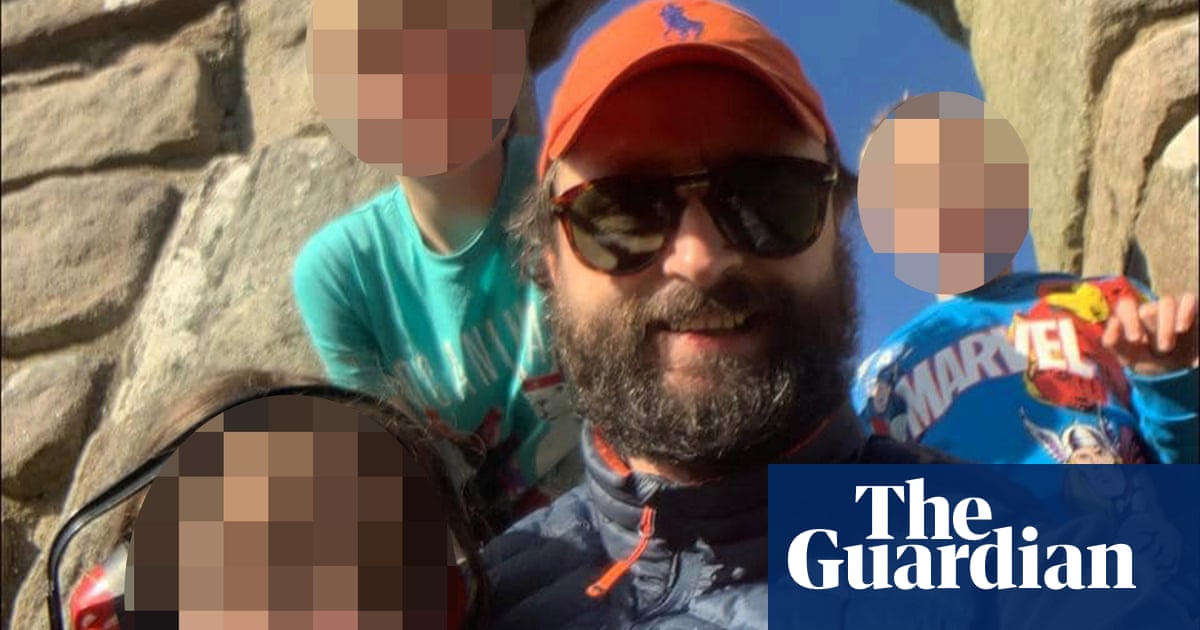
The endangered marsh fritillary butterfly is thriving again in a Lake District valley after ponies and cattle replaced the grazing of sheep.
The butterfly became extinct in Cumbria 19 years ago but is spreading across the landscape again after an official reintroduction programme.
This summer it has flown into the Swindale valley, part of Royal Society for the Protection of Birds (RSPB) Haweswater, where conservationists were considering reintroducing the species.
But they did not have to give it a direct helping hand because of radical changes in the grazing on the site, which is managed by the RSPB in partnership with the landowner, United Utilities.
There were 1,600 breeding ewes on the 3,000-hectare site when the RSPB took over. There are now 280 and they are restricted to rotational grazing of lowland farmland, allowing many more wildflowers and plants to flourish.
The butterfly returned to Swindale because of a big increase in its food plant, devil’s-bit scabious. Previously, the valley meadows had become dominated by coarse grasses that the sheep refused to eat. When the RSPB introduced native fell ponies to graze every late autumn, they devoured the coarse grasses.
“The next spring, it was absolutely carpeted in heath spotted orchids and later in the summer masses of devil’s-bit scabious,” said Lee Schofield, a senior site manager for the RSPB at Haweswater.
“These flowers have spread and spread over the last few years. The fell ponies are the key to this success – if we hadn’t changed the grazing and used these big native herbivores we wouldn’t have the scabious and we wouldn’t have the butterfly.”
Highland and belted Galloway cattle have also been brought back to lightly graze the meadows, and a more natural hydrology has been restored, creating more damp ground where the flowers thrive.
“I’ve never seen so much devil’s-bit scabious and I’d be surprised if we don’t see the marsh fritillary popping up throughout Swindale valley,” said Schofield, whose book, Wild Fell, documents the transformation of the Lakeland reserve and the wider landscape.
The grazing changes have also benefited grasshoppers, grass-feeding moth species and other butterflies, including the dark green fritillary and the small pearl-bordered fritillary.
The marsh fritillary has been controversially reintroduced to many isolated sites across Britain by maverick breeders. Schofield said he could not rule out some “skulduggery” over the butterfly’s reappearance at a few locations in Cumbria but it appears to have naturally spread into Swindale from the neighbouring valley, where it reappeared last year.
The marsh fritillary’s natural spread through Cumbria is a triumph for the original reintroduction programme overseen by Butterfly Conservation. The caterpillars form distinctive and often numerous larval webs but there was just one batch of caterpillars on one site in Cumbria by 2004, when the final 150 wild caterpillars were taken into captivity.
Captive breeding revealed the isolated Cumbrian population had entered a genetic bottleneck whereupon most caterpillars failed to transform into adult butterflies. So, caterpillars were collected from southern Scotland to increase the genetic vigour of the species before nearly 50,000 captive-bred caterpillars were returned to four sites in 2007.
Since then, the butterfly has begun to spread to suitably restored wet meadows in the region, creating a more resilient “meta-population”, which the species requires so it does not become isolated and genetically restricted.
Its prospects have further been boosted by the Cumbria Connect project, which is seeking to restore nature-friendly farming across 33,000 hectares – an area larger than Birmingham. The project, funded by the Endangered Landscapes Programme, is working with farmers who want to change their land management to restore more natural rivers and diverse grazing to revitalise a wide range of declining plants and animals.
“We absolutely recognise the value of grazing and if we stopped I don’t think the marsh fritillary would last very long,” said Schofield.












